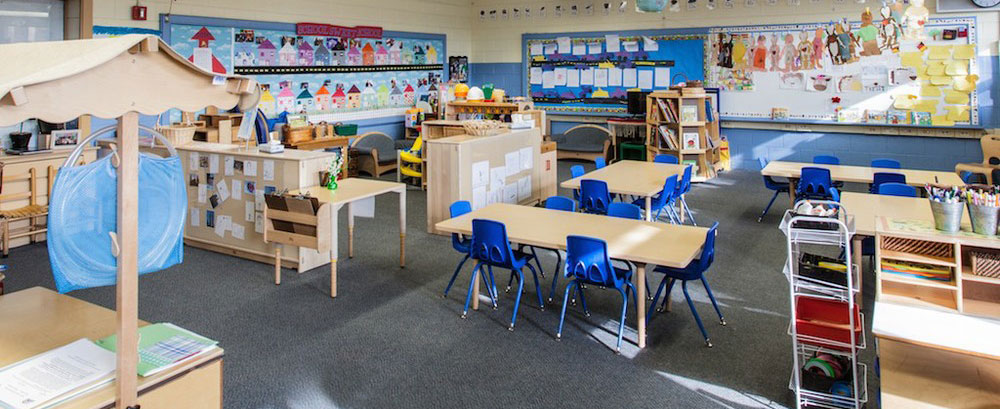what you see is who you are

In creating a global world, we enable creating a learning environment that adheres to a uniform visual code in all educational systems and classrooms in every country in the world, within a short period of time and at a very low cost per student.
However, for quite a significant percentage of the students in the world (over 20%, who suffer from attention deficit disorders, learning disabilities, sensory regulation disorders, anxiety or emotional overload, on the autistic spectrum, and more), the way that text is presented in reading and writing materials or in the classrooms, creates an additional burden that itself makes their difficulties even harder and exacerbates the objective challenges that they face in the school system.
For example, instead of the student focusing his efforts on interacting with the text, he dedicates most of his effort to an attempt to push away excessive sensory stimulation that distracts him from the task with which he is trying to deal.
The external world radiates upon the internal world. The more that the student’s internal world is empowered, the student will correspondingly empower his external world.


